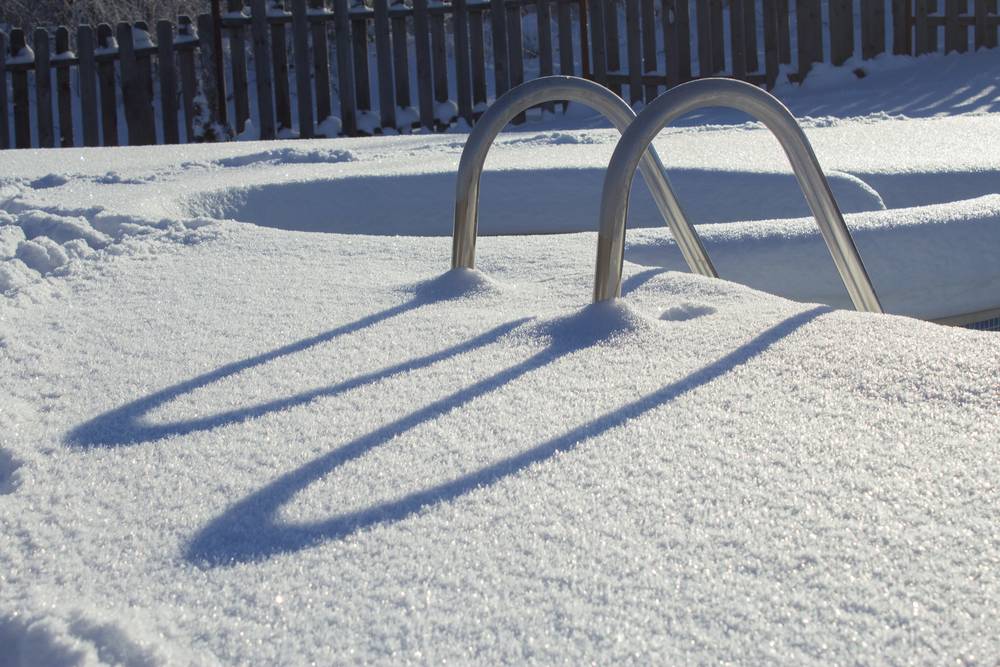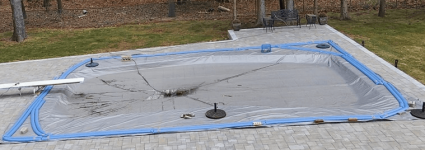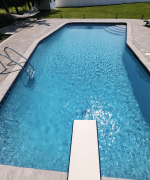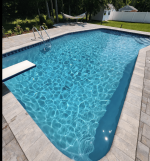This year will be my first time closing the pool, last year pool guys came and blew the lines, capped them underwater while blowing. I don't have air compressor so I will be using shopvac. I don't want to risk water getting back in due to threads or any other issues so is there any disadvantages to lowering the water to just below jets other than added cost or refilling the pool at opening?
My set up is 1 Skimmer, 2 Returns, drain plugged, so I will be emptying the pool as much as I can with pump, then will use gravity where we have a bit downhill, using vacuum hose, or I will try to do a loop through skimmer with pump running to suck the water out.
I read somewhere we shouldn't lower the water too much below the tiles, what is the hard limit?
My cover is solid sunblock thick tarp, last year there wasn't any additional water in the pool other than whatever weight it added during snow/rain storms.
I will still add antifreeze (i got a gallon) perhaps gallon into skimmer, and another gallon into return from the pump side.
My set up is 1 Skimmer, 2 Returns, drain plugged, so I will be emptying the pool as much as I can with pump, then will use gravity where we have a bit downhill, using vacuum hose, or I will try to do a loop through skimmer with pump running to suck the water out.
I read somewhere we shouldn't lower the water too much below the tiles, what is the hard limit?
My cover is solid sunblock thick tarp, last year there wasn't any additional water in the pool other than whatever weight it added during snow/rain storms.
I will still add antifreeze (i got a gallon) perhaps gallon into skimmer, and another gallon into return from the pump side.





